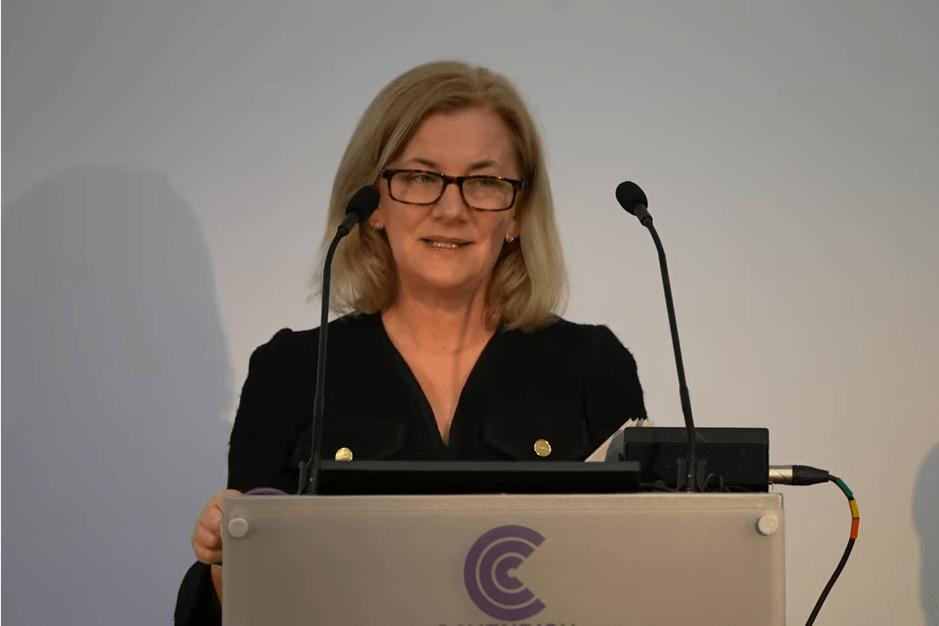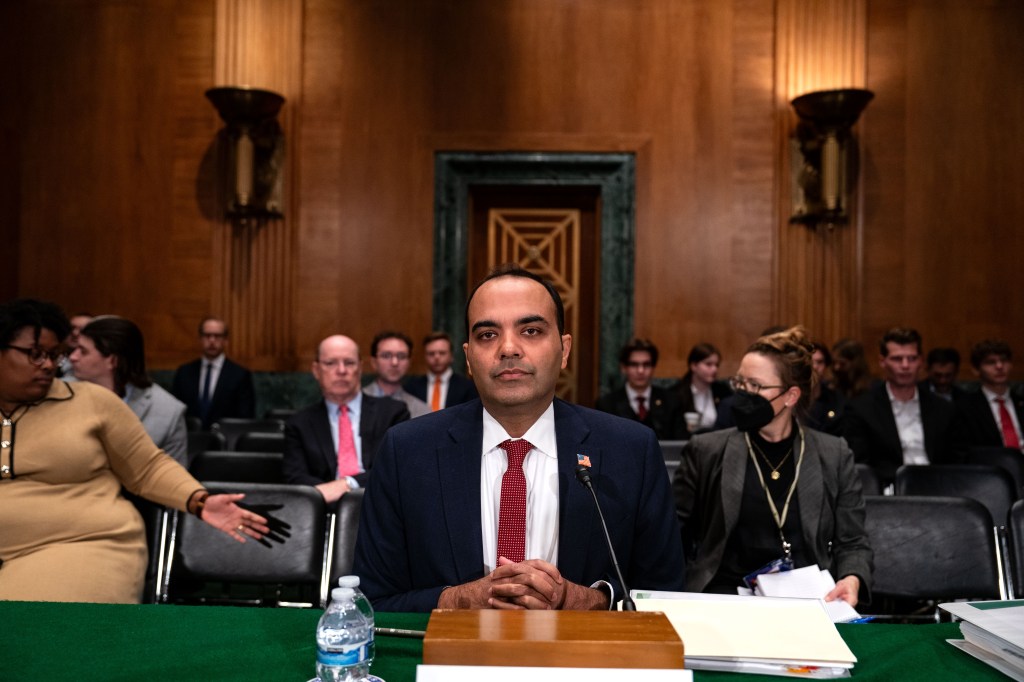A thousand-page report was released in 2019 and became known as the Banking Royal Commission (BRC). The aftermath ended the careers of the chief executives and chairs of some of Australia’s top banks, including AMP, NAB and Westpac. A number of court battles against IOOF, NAB, the Commonwealth Bank, and Allianz, have been contested subsequently or are still in process.
Some of the most contentious changes in the BRC were scheduled to be made law at the end of 2020 — something that both consumer and legal groups agreed was an ambitious timetable, given the amount of legislation required.
But two separate tranches of laws were delayed by six months each. The need for the industry to recover from the deep impact of the pandemic was the reason stated when delays were announced in May 2020.
The banking industry was interrogated thoroughly by the inquiry and the results were far from pretty. The conclusion was that there were endemic cases of fraud, mis-selling and customer abuse. While there were specific cases relating to the big four banks, the misconduct was so widespread that wholesale reform of supervision and regulations was planned to bring about extensive change to culture and behavior.
Primary responsibility
Commissioner Kenneth Hayne authored the report and stated that “primary responsibility for misconduct in the financial services industry lies with the entities concerned and those who managed and controlled those entities”. He implied that the regulatory system had been conducive to the tragic outcome, concluding that the existing regulators were “ineffective”.
The report listed abuses that had been systemic for many years, resulting in significant losses to retail customers and substantial profit for the banks. This conduct was either illegal or below the standard naturally expected of institutions of this size, history and position of trust.
Examples included:
- Fees charged by an adviser on a customer account for 10 years after knowledge of the customer’s death.
- Large scale anti-money-laundering regulatory breaches (Commonwealth Bank).
- Fraud, collusion and bribery in home loan scheme (NAB).
The report made 76 recommendations to the Government for change, and all except one were accepted. The reform was designed to reduce obvious conflicts of interest, better protect individuals, make regulations clearer, and have an impact on culture and governance (especially around remuneration). It was almost universally the case that the customer was placed below the interests of these businesses in terms of profit and service.
The regulators were deemed to be too conciliatory, and to have failed to pursue litigation that was in the public interest.
Josh Frydenberg, Treasurer for the Government, committed to implementation of more than a third of the recommendations by the end of 2019, and to the new legislation required by the end of 2020. The Australian Securities & Investments Commission (ASIC) was lambasted for its inadequate enforcement and was targeted with 12 specific recommendations. The Australian Prudential Regulation Authority (APRA) was pinned with 10 specific recommendations and committed to implement these by the end of 2019.
The regulators were deemed to be too conciliatory, and to have failed to pursue litigation that was in the public interest. A more litigious approach would result in better deterrence as well as transparency on what was not acceptable behavior in the industry. ASIC reacted by setting up an Office of Enforcement in 2019, which was independent from normal supervisory contact and duties with firms, and could adopt a consistent and focused enforcement strategy.
There was an uptick in ASIC Enforcement after the BRC Report. ASIC Chair James Shipton said in late 2019 that the regulator had managed a 134% increase in enforcement investigations of the six largest banks, and a 24% increase in generic enforcement since the start of 2018.
With respect to criticisms of the regulators’ supervisory competence, ASIC initiated two strategic changes to its regular program. The first was the Corporate Governance Taskforce – this carries out analysis around themes of standards of corporate governance at listed companies. It also instituted a new program called Close and Continuous Monitoring, which has transformed into long periods of onsite monitoring of the biggest banks in a drive to identify sources of misconduct and cultural dysfunction before they crystallize into damage for customers. The program bears comparison with the continuous onsite chaperoning of many large US banks by the Fed in the wake of the 2008 Global Financial Crisis.
APRA released new standard
With history repeating itself in the financial world, the root cause of many of the issues highlighted in the BRC Report was the way actors in the financial industry were rewarded. APRA released a new prudential standard that places emphasis on using remuneration systems that reduce mis- conduct risk and drive better management of non-financial risks. Combined with this was the need for firms to self-assess the effectiveness of their remuneration system, and increase reporting to their boards on remuneration policy and risk management.
APRA was also encouraged to adopt a risk-based approach to allow for identification of the cultures that foster non-financial misconduct, and the body committed to raising standards around governance, culture, remuneration and accountability.
The two key regulators also decided to adopt the recommendation to work more cooperatively and share insights, aiming to deliver a more holistic regulatory and supervisory system. They established a new Memorandum of Understanding to this effect at the end of 2019.
The Australian media has been indicating that much of what was promised by the regulators and the Government has not actually been delivered. It has also called out tactics by the banks to delay reform, as well as positive lobbying to water down the new regulation and allow the banks to avoid the obligations set out if new legislation had been enacted on time.
The Consumer Action Law Center’s analysis claims that 27 of the 76 recommendations have been implemented, and 45 face legislative delays due to the pandemic.
Some of the national newspapers claim that only one third of the 76 recommendations have made it to the statute book. Most alarming is their claim that key safeguards that came out of the scandal and aftermath have been diluted or abandoned. An example of this is the move to retain the existing responsible lending law that will favor banks and expose consumers to the some of the same abuses outlined by the BRC inquiry.
The Consumer Action Law Center’s analysis claims that 27 of the 76 recommendations have been implemented, and 45 face legislative delays due to the pandemic. The Australian Banking Association has a different view, and states that 44 recommendations are complete, with four already before Parliament, and 27 under government consultation. The disparity in analysis is probably explained by situations where the implementation of a recommendation has only been partial or diluted.
Consumer advocate groups point to the absence of a “last resort” compensation scheme for those affected by misconduct, and changes to point of sale lending as serious omissions from the original agreed reform. The final tranches of legislation turning recommendations to law were due to be introduced by June 30 2021.
In December 2020, a Government press release applauded new legislation relating to 20 of the recommendations, such as boosting provisions to prevent “pressure selling” of unsuitable add-on insurance, and requiring insurers to “behave honestly, efficiently and fairly” in their claims process.
Inadequate funding
One of the main revelations from the BRC was the inadequate funding of the main financial services regulators when compared to other equivalent national regulators. It concluded that this accounted for a very passive approach to previous enforcement.
The A$57.5m fine paid by NAB for false and misleading representations to superannuation members was a headline-grabbing example of success under the new “litigate for public interest” approach. The first criminal convictions for insurance hawking since the BRC were then secured with an action against Commonwealth Bank.
ASIC has also been in court against insurers Youi, TAL and Allianz on a variety of different issues. More is in process but actions like this are lengthy and complex, and their progress through the legal system has not been helped by the pandemic.
APRA has been using a different regulatory tool to rein in the firms it regulates. It has made much more stringent capital requirements for those that have acted inappropriately, as well as placing conditions on licences for these members. This is a fast and effective approach that is not tied to the court success that characterizes enforcement.
The banks’ retort is that they have not been idle while the legislation takes passage. Investment in IT has resulted in big improvements in data transparency and service for customers. But this too has been delayed by the extra burdens placed on banks by the extraordinary service needs under Covid-19.
The jury is still out on whether the banking industry can be trusted by the public, and it faces a longer period of analysis as the desired reforms work their way through the legislative process.













